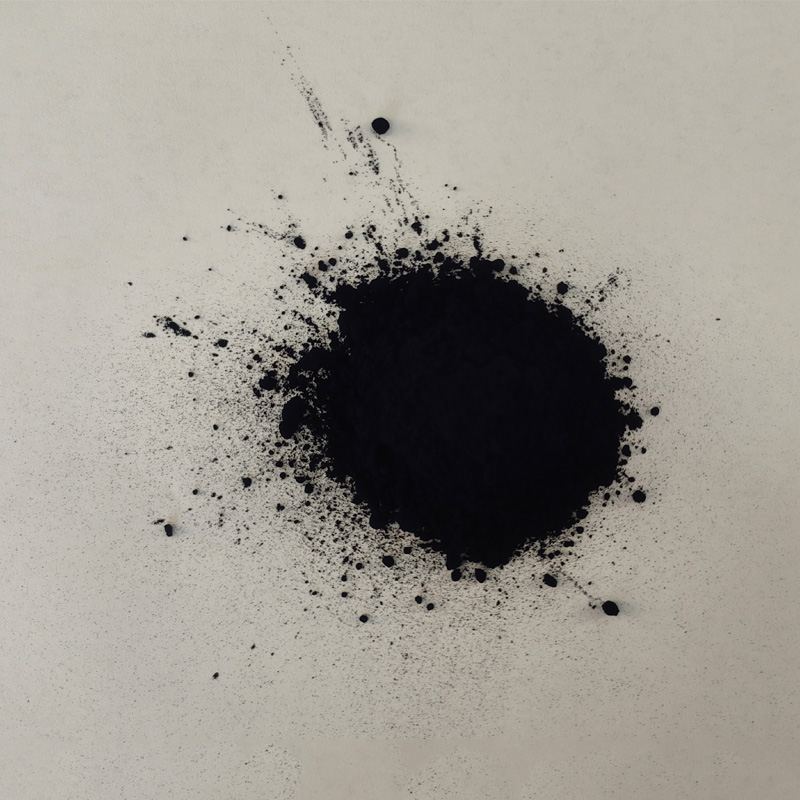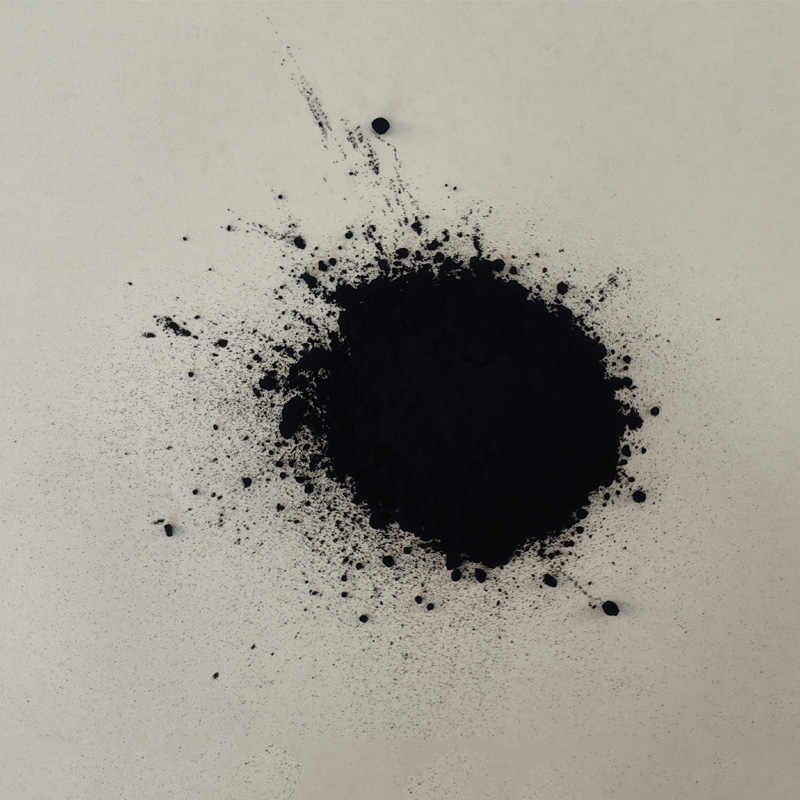Exploring Sustainable Options for Purchasing Indigo Dyes in the Textile Industry Today
The Beauty and Versatility of Indigo Dyes
Indigo, a deep blue dye derived from the leaves of the Indigofera plant, has been cherished for thousands of years across various cultures for its vibrant color and versatility. Renowned as one of the oldest dyes used for textiles, indigo is celebrated not only for its stunning hue but also for its sustainable nature and rich history in dyeing practices.
The Beauty and Versatility of Indigo Dyes
Throughout history, indigo has held significant cultural importance. In ancient Egypt, it was used to dye garments for mummies, symbolizing wealth and status. In Asia, indigo dyeing techniques became deeply integrated into textiles, particularly in Japan with the development of shibori, a manual resist dyeing technique that creates intricate patterns. Furthermore, indigo fabric has played a huge role in African textiles, where it has been used to create stunning garments that are both practical and symbolic, often carrying meanings linked to social status and identity.
buy indigo dyes

The modern revival of indigo dyes is a testament to the growing appreciation for sustainable and eco-friendly practices in the textile industry. As consumers become more conscious about the environmental impact of clothing production, natural dyes like indigo have gained popularity as they are biodegradable and non-toxic. Unlike synthetic dyes, which can cause environmental pollution and health issues, indigo is safer for both artisans and the planet. Additionally, as people strive to reduce their carbon footprint, the local cultivation and processing of indigo offer opportunities for economic benefits in various communities.
When it comes to fashion, indigo has made a significant mark. Denim, which originally derives its color from indigo, remains a wardrobe staple and is synonymous with casual style. The distinct fade of indigo-dyed denim, which is influenced by wear and time, tells a unique story that often resonates with the wearer. The appeal of indigo is not limited to jeans; it extends to a variety of garments, home textiles, and accessories, providing infinite possibilities for designers and consumers alike.
In conclusion, the charm of indigo dye lies in its historical significance, cultural heritage, and contemporary relevance. Its journey from plant to fabric embodies the values of sustainability and artistry, making it a preferred choice for those who admire artistry in their clothing and textiles. As the movement towards sustainable fashion continues to grow, indigo dye stands out as a beautiful option that not only enhances the aesthetics of fabrics but also promotes environmentally responsible practices. Whether it’s a pair of timeless jeans or intricate hand-woven fabrics, indigo continues to be a symbol of craftsmanship, cultural identity, and ecological awareness in today’s world. So, when considering your next textile purchase, keep in mind the majestic history and beauty of indigo dyes—an investment that is not just in style, but also in sustainability.
-
The Timeless Art of Denim Indigo Dye
NewsJul.01,2025
-
The Rise of Sulfur Dyed Denim
NewsJul.01,2025
-
The Rich Revival of the Best Indigo Dye
NewsJul.01,2025
-
The Enduring Strength of Sulphur Black
NewsJul.01,2025
-
The Ancient Art of Chinese Indigo Dye
NewsJul.01,2025
-
Industry Power of Indigo
NewsJul.01,2025
-
Black Sulfur is Leading the Next Wave
NewsJul.01,2025

Sulphur Black
1.Name: sulphur black; Sulfur Black; Sulphur Black 1;
2.Structure formula:
3.Molecule formula: C6H4N2O5
4.CAS No.: 1326-82-5
5.HS code: 32041911
6.Product specification:Appearance:black phosphorus flakes; black liquid

Bromo Indigo; Vat Bromo-Indigo; C.I.Vat Blue 5
1.Name: Bromo indigo; Vat bromo-indigo; C.I.Vat blue 5;
2.Structure formula:
3.Molecule formula: C16H6Br4N2O2
4.CAS No.: 2475-31-2
5.HS code: 3204151000 6.Major usage and instruction: Be mainly used to dye cotton fabrics.

Indigo Blue Vat Blue
1.Name: indigo blue,vat blue 1,
2.Structure formula:
3.Molecule formula: C16H10N2O2
4.. CAS No.: 482-89-3
5.Molecule weight: 262.62
6.HS code: 3204151000
7.Major usage and instruction: Be mainly used to dye cotton fabrics.

